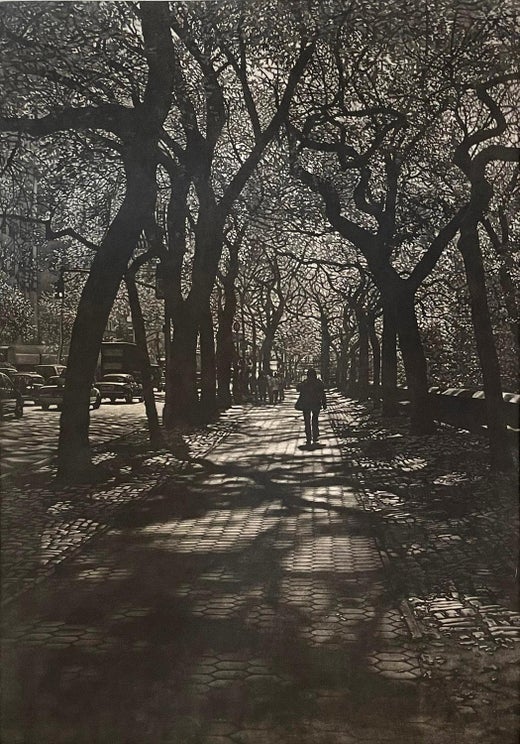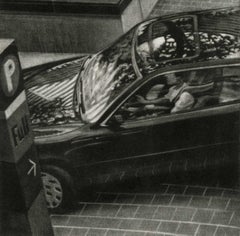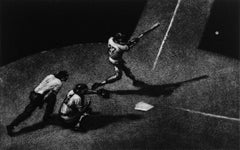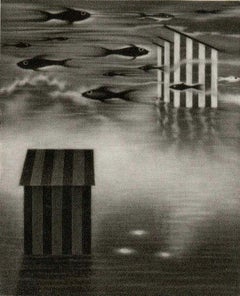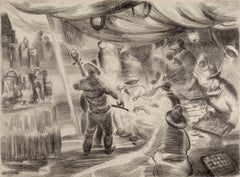Art WergerListening2000
2000
About the Item
- Creator:Art Werger (1955, American)
- Creation Year:2000
- Dimensions:Height: 6.75 in (17.15 cm)Width: 10.75 in (27.31 cm)
- Medium:
- Movement & Style:
- Period:
- Condition:
- Gallery Location:New Orleans, LA
- Reference Number:1stDibs: LU84135669692
Art Werger
Art Werger was born in Ridgewood, New Jersey, in 1955. He received a bachelor of fine arts degree from the Rhode Island School of Design, in 1978 and a master of fine arts degree from the University of Wisconsin, in 1982. From 1982 to 2000, he was a professor of art at Wesleyan College, in Macon, Georgia. Since 2000, he has been the director of foundations and professor of printmaking at Ohio University, in Athens, Ohio. Werger’s impressive, intense prints invite audiences to assume new perspectives and consider the unfolding scene, as though they were casual bystanders. He encourages viewers to develop their interpretations of the action. Werger thrives on dealing with the technical complexities of print media. He most often uses mezzotint, a type of intaglio printmaking, where the artist works from dark to light. Werger carefully refines his images to reflect the precision of this process. His prints have received many awards and have been displayed in numerous international and national exhibitions. They are included in corporate and museum collections, such as the Corcoran Gallery of Art in Washington, D.C., Boston Public Library, Brooklyn Museum, Philadelphia Museum of Art and the Museum of Fine Arts in Boston.
You May Also Like
1930s American Modern Figurative Prints
Drypoint
Mid-20th Century American Modern Figurative Prints
Drypoint
1930s American Modern Landscape Prints
Drypoint
Early 20th Century American Modern Landscape Prints
Drypoint
1930s American Modern Figurative Prints
Drypoint, Etching
Early 20th Century American Modern Landscape Prints
Handmade Paper, Etching, Drypoint
Early 20th Century American Modern Landscape Prints
Handmade Paper, Laid Paper, Drypoint, Etching
Early 20th Century American Modern Landscape Prints
Handmade Paper, Etching, Drypoint
Early 20th Century American Modern Landscape Prints
Handmade Paper, Drypoint, Etching
Early 20th Century American Modern Landscape Prints
Handmade Paper, Etching, Drypoint
More From This Seller
View All21st Century and Contemporary American Modern Figurative Prints
Mezzotint
Late 20th Century American Modern Figurative Prints
Mezzotint
1990s Modern Landscape Prints
Mezzotint
1920s American Modern Figurative Prints
Lithograph
1940s American Modern Landscape Prints
Lithograph
Late 20th Century Surrealist Landscape Prints
Mezzotint
